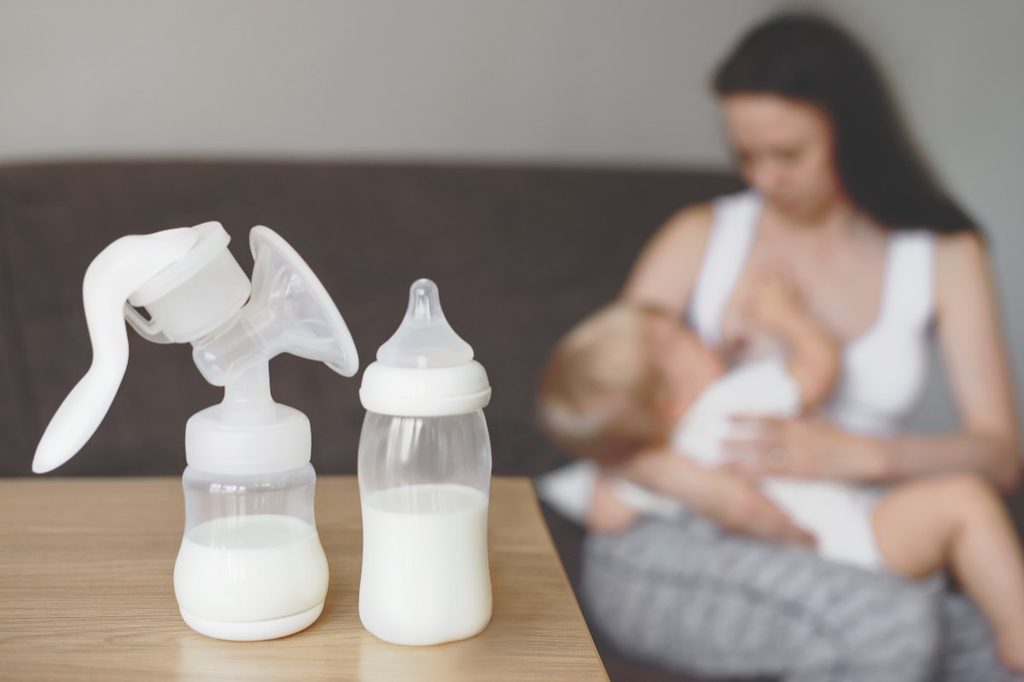
If you choose to store your breast milk to be able to feed your baby a bottle when needed, you may find yourself wondering what is the best way to heat it up. You may get lucky and have a baby who will drink cold milk, but for most of you, that isn’t going to happen. Instead, you’ll need some way to safely warm up milk to at least room temperature without curdling it, affecting the nutrition density, or developing hot spots.
Many parents opt for a bottle warmer to warm a baby bottle safely. This handy appliance is a staple in modern households, but before you put it on your baby shower registry, let’s take a closer look at bottle warmers. As with all your baby gear, the truth about using bottle warmers for breastmilk is a little more complicated.
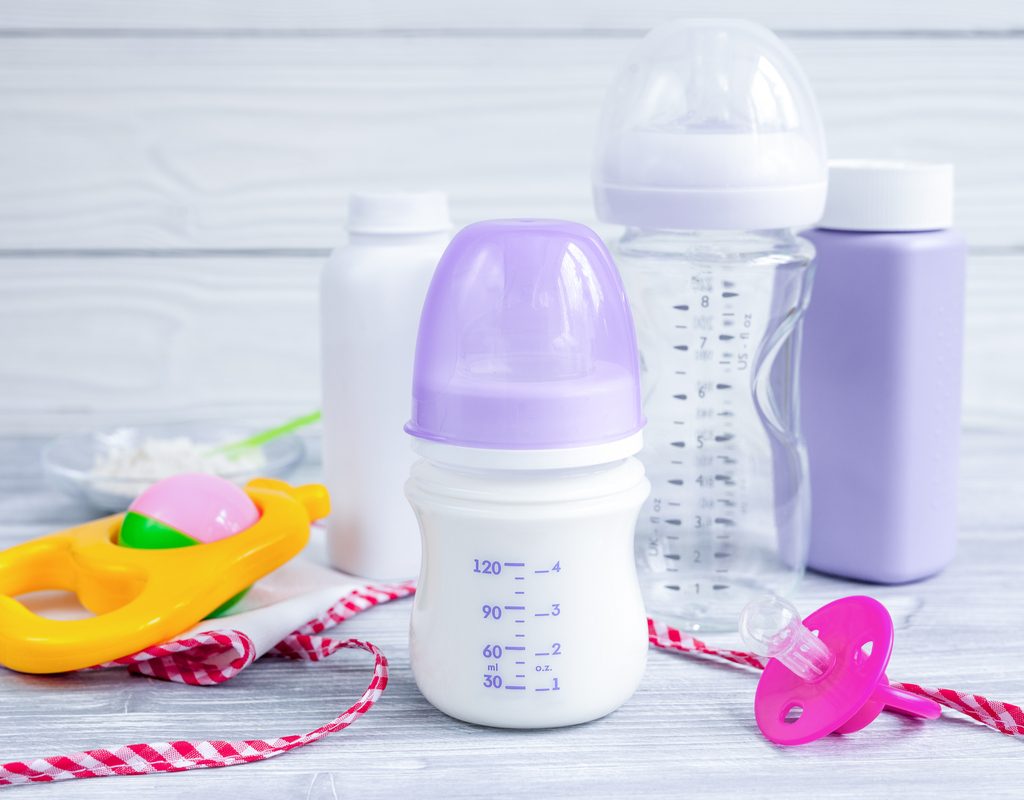
Can my baby drink cold breast milk?
The simple answer to this question is yes because there’s nothing wrong with cold breast milk. However, your baby may not accept it since cold milk isn’t comforting, especially for your baby’s digestion. It’s actually a good idea to invest in a bottle warmer for your little one as many infants prefer to drink milk that is at least room temperature.
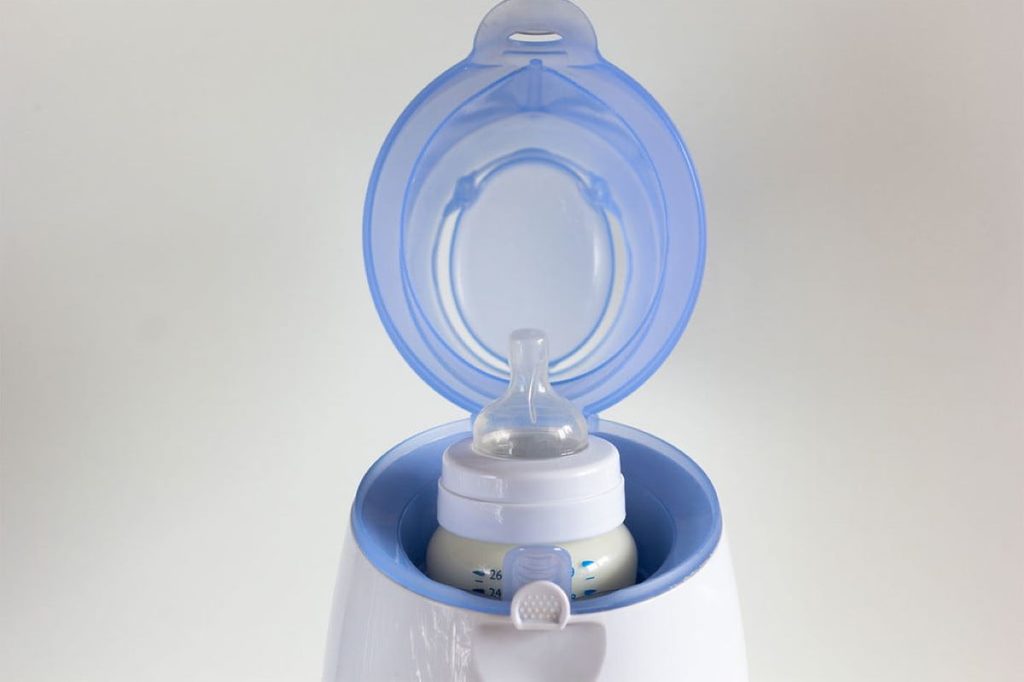
Why a bottle warmer for breast milk might be the right choice for safety
Of course, there are other ways to warm breast milk without using a bottle warmer, but those options aren’t necessarily the safest. According to the FDA, using microwaves should never be a choice. You should never warm milk in the microwave, breast milk, or otherwise, since microwaves are in serious danger of scalding portions of the milk. Microwaves don’t heat liquid uniformly. Even if you test the milk, there may be a scalding section in the middle that could burn your baby’s mouth.
Heating on the stovetop in a water bath is the traditional bottle-warming option. This method though has obvious complications because of the eye of the stove. The center heat can scald or melt the bottom of your bottle. And, just like with a microwave, it’s difficult to accurately gauge the temperature of the milk inside even when you test it on your wrist.
Bottle warmers claim to take the guesswork out of heating milk for parents. They heat baby’s milk minus the hot spots and without scalding or melting the bottom of the bottle. Plus, there aren’t any exposed heating elements that sleepy parents could accidentally touch.
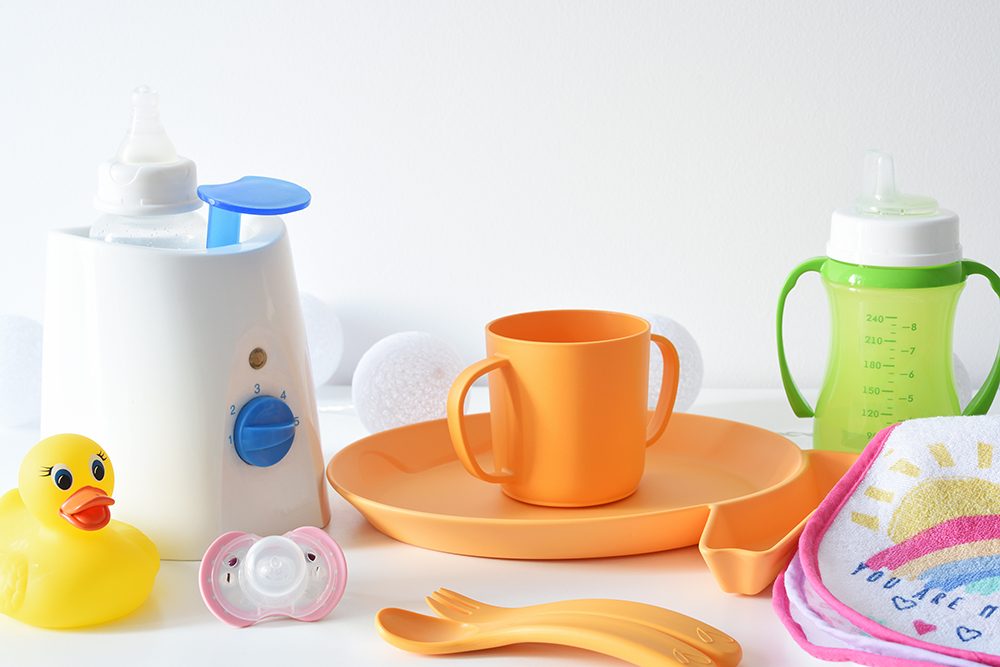
So what’s the problem with bottle warmers for breast milk?
If bottle warmers are the best option for warming baby’s milk, what’s the issue? Breast milk contains living nutrients highly subject to temperature. Breast milk contains essential fats, water, probiotics, and proteins, among other things. These can degrade with heat that’s too high or that heats up too quickly. Many typical bottle warmers use steam heat to gently yet quickly heat milk, but this steam heat can damage the nutrients of breast milk. If it doesn’t have an automatic shut-off, you may end up overheating the milk and ruining the nutritional value of the breast milk.
Some studies suggest that heating breast milk too high can destroy the beneficial organisms babies need for their delicate immune systems and digestion. Breastmilk should stay below 98.6 degrees Fahrenheit because this is the typical body temperature.
Ensure your bottle warmer has settings allowing you to safely and efficiently heat breast milk without compromising the natural components that make it so wonderful for your baby. A standard steam-heat warmer may not perform the way you need it to. Instead, a low-temperature water bath warmer could help you reheat in a way that’s safe for both the baby and the milk.

Choosing the right bottle warmer for breast milk that doesn’t overheat
Bottle warmers are certainly a safer option than the microwave or stove, but it’s important to select one that safely warms up breast milk. To get the right warmer, you’ll need to consider a few things first.
Are you warming frozen milk?
If you’re freezing your breast milk, you will have to transfer the milk to a bottle first since bottle warmers don’t support storage bags.
Does it shut off automatically?
An automatic shut-off feature on a bottle warmer prevents your bottle from overheating while getting your milk to the right temperature. This is vital because busy parents may accidentally forget the bottle warmer is on.
Does it have a water bath?
Steam-based bottle warmers cause the milk to separate. Use a low-temperature water bath option instead for the safest reheating of breast milk.
Does it reheat slowly?
Slow heating helps preserve the nutrients in the milk along with fail-safes like automatic shut-off.
Do you need a bottle warmer?
This is an important question. If you’re breastfeeding and your baby doesn’t like bottles, is a bottle warmer even necessary?
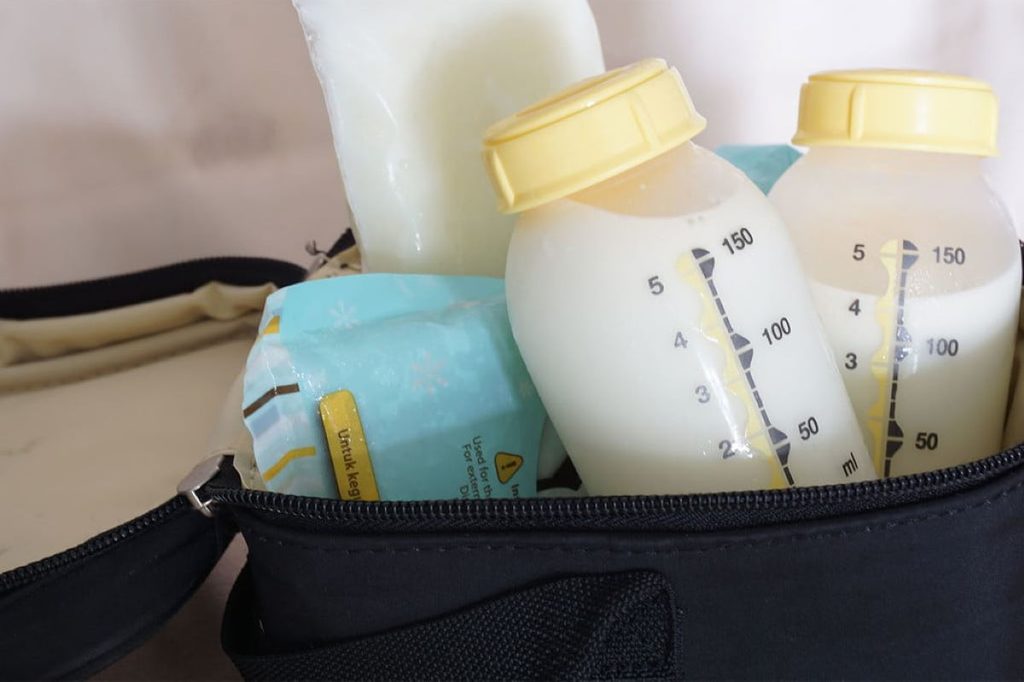
How do I safely thaw frozen breast milk without overheating it?
If you didn’t spring for a bottle warmer that can reheat frozen milk, there are a few options. The recommended choice is to put frozen milk in the fridge overnight to allow it to thaw slowly without affecting nutrients. If you need to move a little more quickly, you can place the milk in a warm bath in a container on your counter for around 20 minutes to gently encourage your milk to thaw. Once thawed, if it’s still cold, you can use the lowest setting on your bottle warmer to warm it up for your baby.
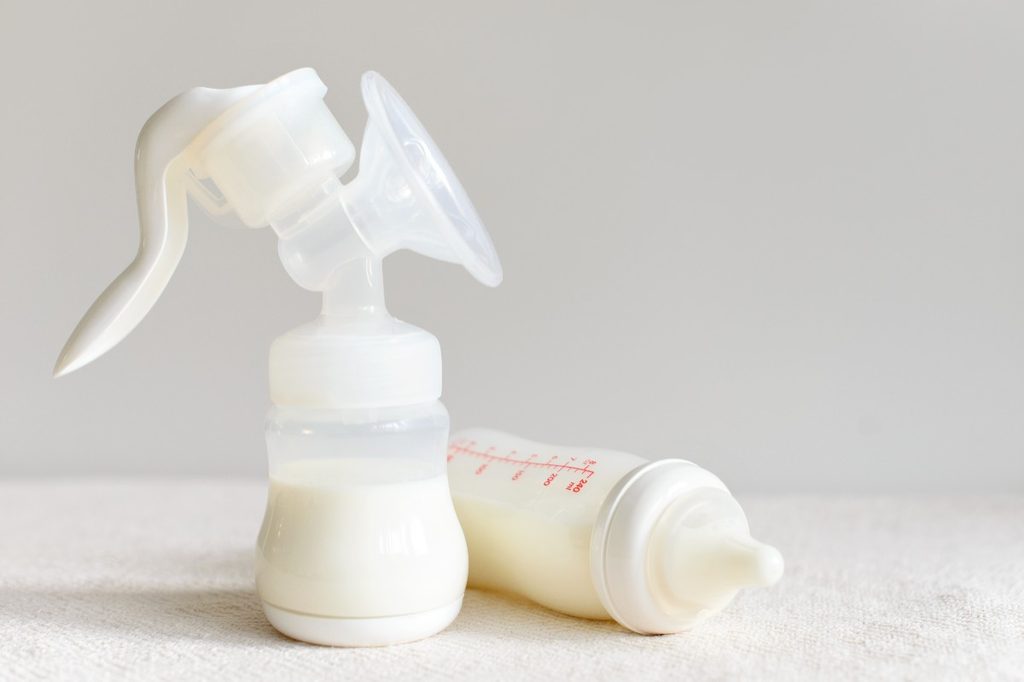
Can I reheat milk after it’s been heated once already?
Whether it’s breast milk or formula, it’s best to discard any milk a baby hasn’t consumed because the baby’s saliva may introduce particles that contaminate the milk. In addition, it’s best to discard any milk left out for more than four hours for the same reason. Some experts believe living organisms in breast milk will help fight contamination and that reusing milk is alright. Although it may seem like a waste of milk, it’s best to err on the side of caution and discard the milk, especially if your baby is a preemie or immunocompromised.
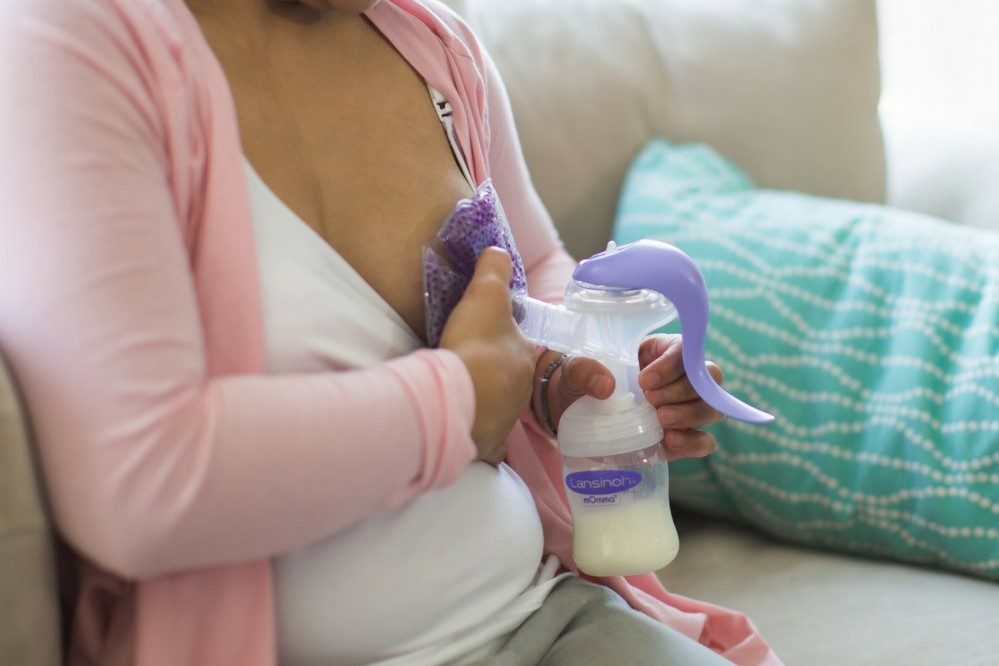
Can you mix cold and warm breast milk?
They don’t call breastmilk ‘liquid gold’ for nothing, so it can be frustrating to have any of it go to waste. Many parents may wonder if they can simply mix cold breast milk with warm breast milk without sacrificing the quality of the milk. Unfortunately, there seems to be some mixed messaging about this. A few years ago the AAP noted that you could mix milk of different temperatures together without issue, as reported by Motherly, but that recommendation is no longer listed on their website. The CDC does advise against mixing warm and cold breast milk, stating, “Mixing freshly expressed breast milk with already cooled or frozen milk is not advised because it can rewarm the older stored milk. It is best to cool freshly expressed milk before combining it with older, previously cooled or frozen milk.”
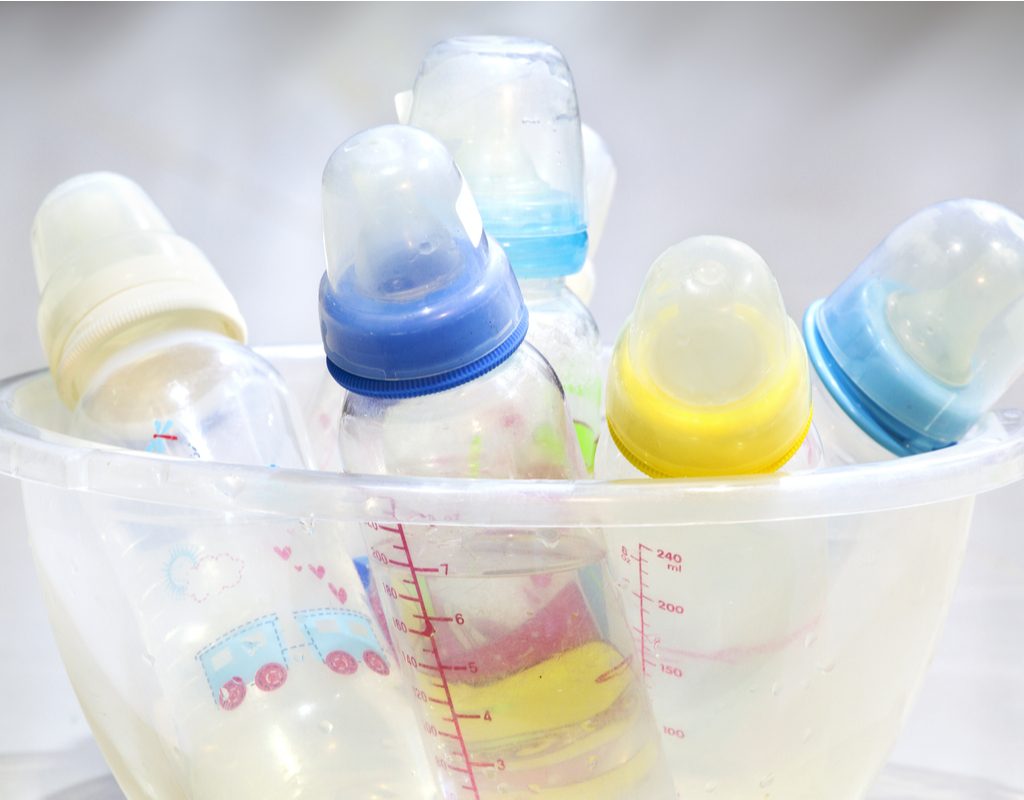
Invest in a bottle warmer for breast milk with caution
For some moms, a baby that breastfeeds won’t want to take a bottle at all. If that’s the case, bottle warmers won’t be necessary. If you need to store milk or will have a caregiver feeding the baby in your absence, then a bottle warmer may be needed. Whenever purchasing a bottle warmer, look closely before buying.
A safe bottle warmer for breast milk focuses on slow, low-temperature rewarming with an automatic shut-off. A device like this helps ensure that breast milk remains just as healthy as it does when it comes out of your body. No matter how you decide to feed your baby, there are safe devices that can make mealtimes a lot easier. If breast milk is your choice and your baby will take a bottle, choose a bottle warmer carefully to help you feed your baby and make this time of bonding easier and less stressful.


